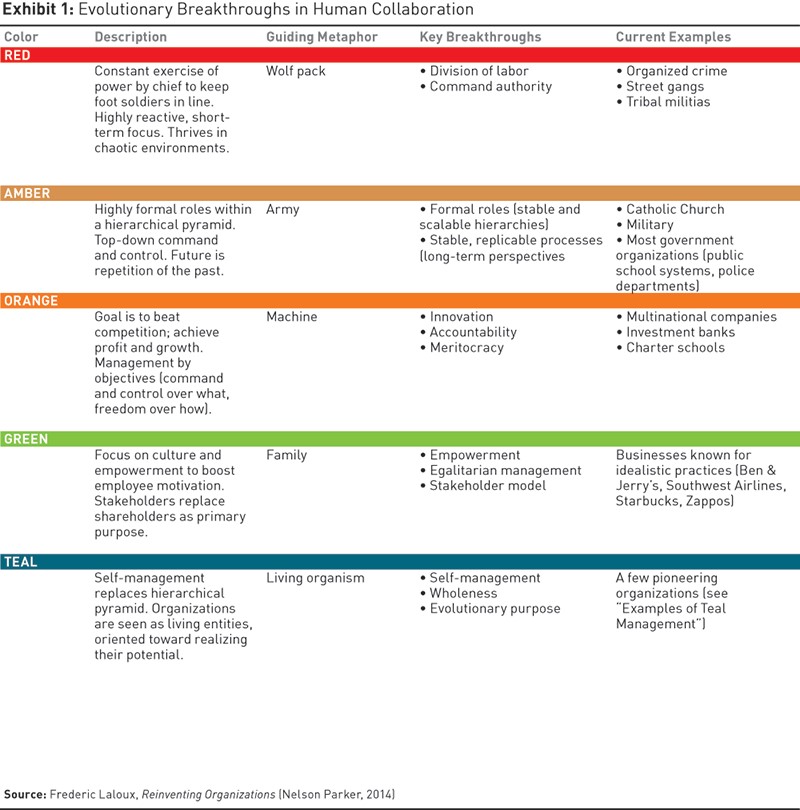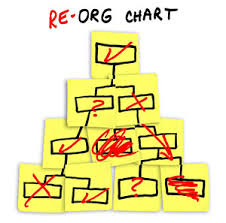Organisational restructures are a waste of time
“How can we successfully implement organisational restructures to meet 21st century needs?”
It appears this is the question predominant for the majority of HR & Business leaders globally at present. 92%* actually.
Often organisational restructures are undertaken in order to fix some perceived problem however by the time they have been analysed, planned and implemented the problems have changed. We are in VUCA times: increasing Volatility, Uncertainty, Complexity and Ambiguity and without the context and understanding of psycho-social perspectives, the majority of organisational restructures will not succeed.
According to Deloitte’s ‘Human Capital Trends’* report, 92% of HR and Business leaders reported that organisational redesign is their most important priority. 45% of those surveyed said they are currently restructuring their organisation or have recently completed the process. But if Einstein’s oft used quote holds true:
“We cannot solve our problems with the same thinking we used when we created them.”
Are these organisations stuck in a cycle of restructuring that’s not fit for purpose?
Do you know how many different, equally valid types of thinking are present in your organization? How many HR & OD professionals know how to get these stages of consciousness to work together effectively?
I can guarantee that all employees will be feeling the effects of the different stages everyday:
- bumping up against colleagues that appear to be blocking healthy change;
- managers leading brilliantly with little concern for the broader business, societal or planetary impact;
- tension between team members wedded to process and policy conflicting with those feeling motivated by and focused on growth; and much more.
How can these different stages of consciousness be used as data to shape and form what is needed or not needed for the future of the organisations development?
Re-thinking organisational restructures
Thus a second question that would support HR & OD professionals to create organisational structures born from new thinking is:
“How do we bring these varying, ongoing tensions and valid viewpoints into some sense making for organisational development to meet a future that is more complex, vulnerable and challenging than at anytime before?”
If we use the metaphor of adopting a new pair of glasses to explore each stage of consciousness that exists, defining the differences between the particular lenses for each stage becomes important and pivotal to shaping organisational structures for the future.
According to Spiral Dynamics, the lens we see through is defined by the life conditions that we find ourselves living and working in. As life conditions change around us and we see and sense the problems and limitations of the existing lens, societal movement begins to address what is being called for. We adapt. Momentum builds as more people and organisations choose to embrace the new stage to address the limitations previously experienced.
When a large enough group choose to shift into a new stage, we hit a tipping point where the old perspective is now no longer dominant in an organisation or society and the new can emerge more strongly. From the power fiefdoms to structured organisations, from scientific and technology breakthroughs to egalitarian and sustainability movements; all these significant societal, economic and innovation breakthroughs have followed this pattern. Each stage required a different lens to support humanity’s evolution and survival. The table below taken from Frederic Laloux’s book Reinventing Organizations outlines the different perspectives that each new stage of consciousness opens up.

Orange tinted glasses…
According to Spiral Dynamics and Laloux’s framework, the dominant stage that we experience today in organisations globally is Orange. The world is a rational and well-oiled machine with natural laws that can be learned, mastered, and manipulated for one’s own purposes. Highly achievement oriented, especially toward materialistic gains, the laws of material science rule politics, the economy and human events.
Two further statistics from the Deloitte 2016 report point to the fact that businesses are experiencing the limitations of the Orange stage:
- 87% of UK respondents rate challenges with corporate culture – the values, beliefs, behaviours and reward systems that influence people’s behaviour on a day-to-day basis – as “important” or “very important”. However, almost two-thirds of executives do not feel they are effectively driving the desired culture within their organisations.
- Lack of employee engagement is an issue currently facing 80 percent of UK HR and business leaders.
The statistics seem to back up my words earlier: these “Orange” organisations are stuck in a cycle of restructuring that is not fit for purpose. They try reshaping the structure with “Green” cultural practices but fail because the practices are not what is required to deal with VUCA challenges. The next stage is required to thrive in these life conditions and it is a significant step change.
Frederic Laloux labels this stage of consciousness Teal. Not only does it require the capability for us to see, sense and act from all the stages that have existed before (rather than rejecting them), it also helps us see beyond what we believe we need personally in a given situation to what is needed in a bigger context. In other words, from a significantly reduced ego state and more aligned with organisational, societal and planetary needs, aligning with the life conditions we find ourselves in.
Organisationally there are major breakthroughs that come with this stage as defined below:
- Wholeness encourages people to show up more fully at work – instead of the sliver of the professional self – fostering the full creativity and latent potential that exists in each person to be made available.
- Evolutionary Purpose is not solely market focused. It’s more from an evolutionary driver: what does the future of humanity need from us that we can deliver. If we show up in wholeness and deeply listen as a collective to what is needed on the planet, something quite different will emerge. Its commercial success will derive from being truly needed.
- Self – managing organisations free themselves from the restriction of static command structures to create dynamic hierarchies that can form and disperse in response to customer and organisational needs. We can all contribute to organisational activities with more energy and impact with full responsibility. Roles are only energised as they are needed.
The death of Organisational Restructures
Often organisational restructures are undertaken in order to fix some perceived problem but by the time they have been analysed, planned and implemented the problems have changed. The Deloitte report indicates how many organisations are stuck in the restructuring cycle as well as why so many CEOs come and go so fast.
Command and control organisational structures emerged a long time ago to meet different demands and life conditions.
This fact alone should encourage leaders to question the relevance of this approach for today’s organisational life.
And most organisations would acknowledge that customer awareness and demands are ahead of their systems, processes and culture and cause challenges. As Teal consciousness is emerging in people and organisations, now is a good time to tap into what this means for you, your organisation and its structure.
There is no such thing as a static organisation. Reinvention is continuous.
We are experiencing this at Future Considerations as we are 2 months into our adoption of Holacracy, where we acknowledge that tensions arise continuously and that choices are good until the next tension arises to modify them. So we can agree a proposal or change to the governing structure of the company without the need for it to be perfect.
We try it out and modify as we experience the impact or as circumstances change.
For some business leaders and people working within HR and OD, it may come as a relief that with the emergence of Teal, the idea of re-organisations has to go.


Leave a Reply